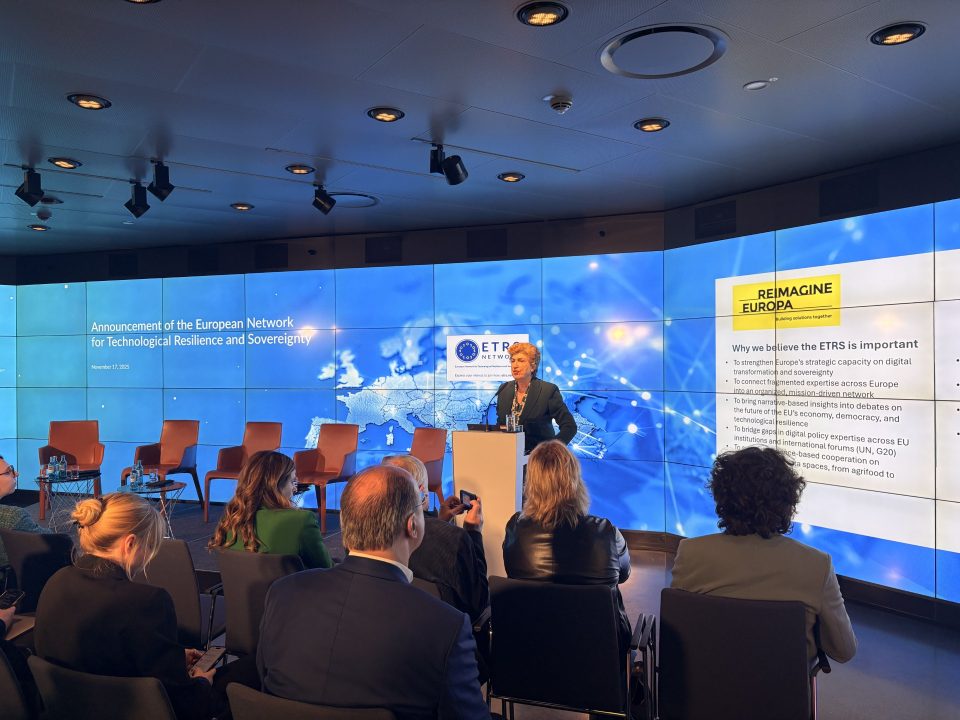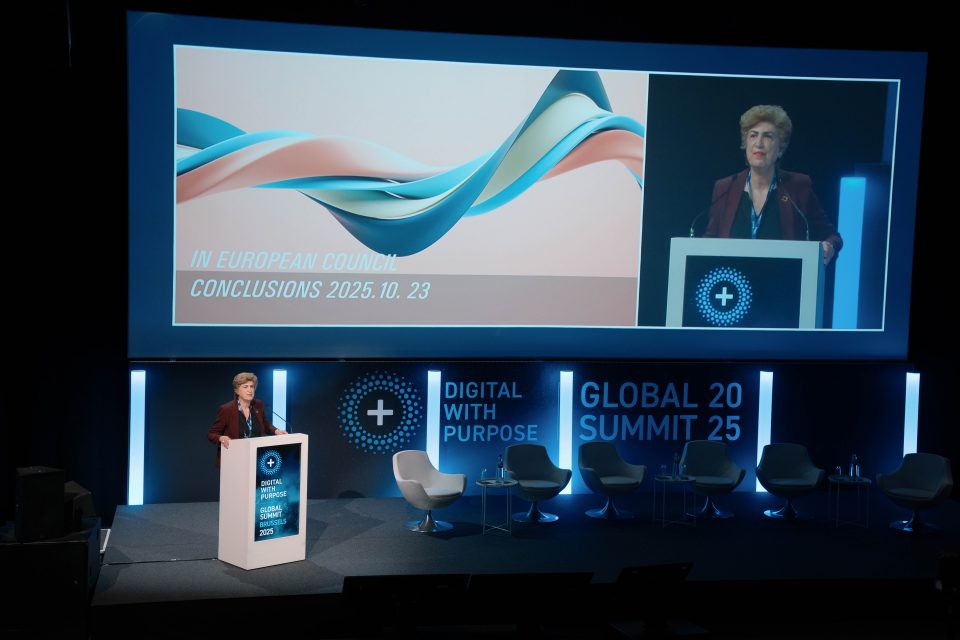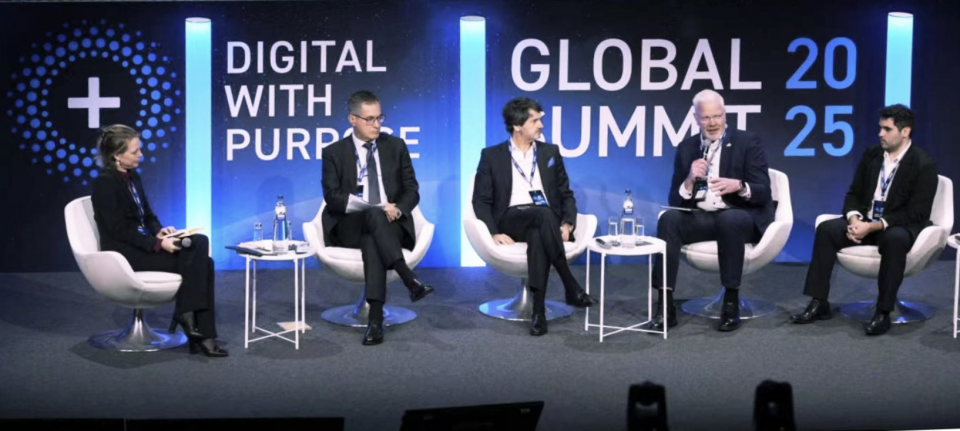The European Media Freedom Act (EMFA) came into full effect in August. A regulation described by many as a milestone for democracy in Europe, the EMFA establishes common safeguards to protect the independence of journalism across the European Union in a crucial moment in the history of democracy around the world. The legislation introduces obligations to ensure transparency in media ownership, strengthens protections for journalists against surveillance, and limits political interference in editorial decision-making. In doing so, it addresses some of the most pressing challenges of recent years, from the capture of public broadcasters to the use of spyware against reporters.
Yet, while the EMFA represents important progress, it speaks mostly to the media landscape of the last century. Its focus remains on governments, traditional ownership structures, and the misuse of state resources to undermine pluralism. While these are urgent problems in several Member States, they are not the only factors influencing media freedom today. Increasingly, the real gatekeepers of information are not governments or newspaper owners, but digital platforms and artificial intelligence systems. Nowadays, most citizens do not encounter journalism directly on a newspaper’s website or broadcast channel. Instead, they discover it through algorithmic curation on social media, search engines, or news aggregators. Digital platform with near monopolistic influence, as Maria João Rodrigues, Advisory Board Chairwoman of Re-Imagine Europa, highlighted at the recent Stars4Media ‘Democracy & Maison du MédiaLab‘ conference, organised by the Europe Médialab. “Their business model, is not about providing access to reliable information, she alerted. Their business model is to reach larger audiences to make the necessary profits to go on expanding their influence”.
Digital algorithms often reward sensationalism and virality over accuracy and public interest, tilting the information ecosystem away from journalism that serves democracy. Additionally, the rise of generative AI has accelerated the production and circulation of synthetic content. In this environment, the independence of the press is necessary but insufficient to guarantee citizen’s access to independent, free, quality information. A free press without visibility is functionally a silenced press.
The entry into force of the EMFA must therefore be seen as part of a broader European effort to regulate the digital public sphere, alongside the Digital Services Act (DSA) and the AI Act. The EMFA aims to protect journalism from political interference, the DSA seeks to ensure content moderation and market integrity, and the AI Act protects fundamental risks through a risk-assessment framework that mitigates potential harms to citizens. Together, these instruments sketch the outline of a model in which technology is held accountable to democratic values. However, unless they are linked more explicitly, and reinforced with bold measures to build a robust European Media Infrastructure, Europe risks an ineffective fragmented approach.
A robust European Media Infrastructure is needed to guarantee citizen’s access to free, independent, quality information
To future-proof media freedom in Europe, the next steps should be to connect these frameworks. Artificial Intelligence will play a dual role in the design of this new ecosystem: it presents significant risks to the integrity of the information landscape but also offers key opportunities to enhance citizen’s access to free, independent, high-quality journalism. Platforms should be required to be more transparent about the distribution of journalistic content, and they should ensure that public-interest journalism is not consistently buried under clickbait or synthetic content. Citizens should have the right to know when they are viewing AI-generated content, and journalists should have transparency into the mechanisms that shape their reach. Building these principles into the implementation of the EMFA, and aligning them with obligations under the AI Act and the DSA, would send a strong signal that Europe understands media freedom in its full 21st century context.
The EMFA’s entry into force is therefore both an achievement and an invitation. It represents the clearest commitment yet to safeguarding independent journalism in the European Union, but it also highlights how quickly the terrain of media freedom is shifting. According to Erika Staël von Holstein, CEO of Re-Imagine Europa (RIE) and member of the Spanish International Advisory Council for AI, “it is important to remember that the narratives we build around AI will shape the systems that we ultimate create. Building more constructive and useful narratives about AI is an imperative responsibility that need to be shared by Governments, companies, civil society organisations and society at large”.
At Re-Imagine Europa, we support the EMFA as a foundation, but we also see the urgent need to broaden the conversation: to ensure that technology is not framed solely as a threat, but as a tool that, if guided by the right narratives, can strengthen democracy, empower citizens, and expand creativity. This is why we are working with a wide variety of stakeholders to build narratives that frame technology and innovation not only as risks to be contained, but also as powerful forces that can enhance people’s capacities, abilities, and imagination.
If Europe is to succeed, it will not be enough to defend journalism against political capture. We must also ensure that in a digital environment dominated by platforms and artificial intelligence, free and independent reporting can still cut through the noise. The future of media freedom will be written not only in parliaments and courts, but also in algorithms and AI systems. At Re-Imagine Europa, we are committed to helping shape that future, one in which Europe leads by example in protecting and empowering journalism as a cornerstone of democratic life.




